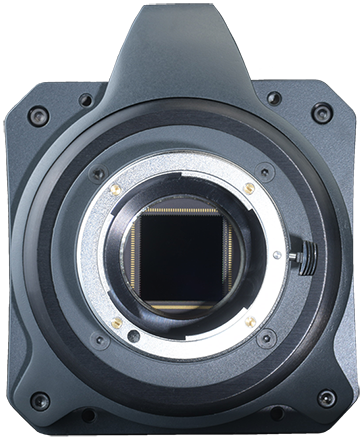Resources
 Part of the Oxford Instruments Group
Part of the Oxford Instruments Group
Expand
Collapse
 Part of the Oxford Instruments Group
Part of the Oxford Instruments Group
Challenge Background
High Content Screening (HCS) has become a mainstay of biological testing and drug discovery experiments. The key aspect of HCS is to measure as many properties or attributes of individual cells, or entire organisms as quickly as possible. This can be performed using a wide range of experimental configurations. Samples may be screened using end-point (for better signal to noise ratio) or by kinetic analyses. It is possible to do screening at the level of specific proteins or genetic markers up to the level of the effects of compounds on a specific cell sub-type within a mixed cell population or model organism. HCS setups are typically based around fluorescence microscopy platforms and may use confocal or FRET techniques coupled with a microplate or flow cytometry based format. Automation and image analysis software helps optimize throughput and analyse the large datasets created.
HCS techniques continue to develop at a rapid pace, placing ever more demands on the imaging system used. Not only must the camera used for high throughput imaging have a large sensor size and be capable of high speed imaging, it also must have excellent sensitivity to discriminate often faint signals from the background noise.

Technology Solution
sCMOS cameras feature large sensor sizes and high speeds which means that large areas can be imaged rapidly. The latest sCMOS cameras with back-illuminated technology promise greater sensitivity than previous generations making them even more suitable for screening samples that have low levels of fluorophore emission.
Andor Camera Solutions for High Content Screening Studies
Andor highly recommend the Sona back-illuminated sCMOS camera for high content screening applications. The ideal combination of field of view, sensitivity and speed makes the Sona perfectly suited to the needs of HCS applications:
| Key Requirement | High Content Screening Solution: Sona 4.2B-11 |
| Rapidly screen large numbers of cells | Sona 4.2B-11 features a massive 32 mm FOV from its 4.2 Megapixel (2048x2048) sensor with 11µm pixels. This is 62% larger than competing cameras using the same sensor and over 114% larger than cameras restricted to a standard C-mount format. This allows more cells to be screened more rapidly in full resolution. Result – Screen larger numbers of cells and accelerate experimental throughput. |
| Detect even small changes in fluorophore emission intensity | Sona is the most sensitive sCMOS camera available, perfect for detecting small changes even at low fluorophore emission levels. With speeds of up to 48 fps at full frame (2048x2048), with ROIs boosting speeds even further (e.g. 378 fps at 256x256). Result – Detect even faint signals against the background levels. |
| Quantify signals accurately | Sona has greater than 99.7% linearity meaning that you can be assured of the quantitative accuracy and validity of your results. The extended dynamic range capacity means that cells can be quantified all in the one acquisition. Result – Have confidence in your experimental data. |
| Quality and Longevity | Sona comes with Andor’s exclusive UltraVac™ vacuum sensor enclosure. The well proven permanent vacuum process is critical not only for cooling, but for protection of the back-illuminated sensor against moisture and condensates. Result – Sustained high performance, year after year. |
